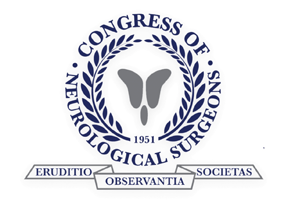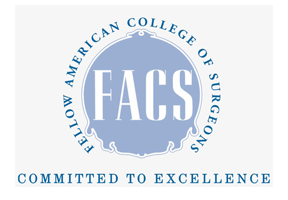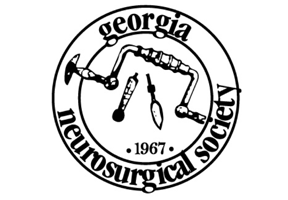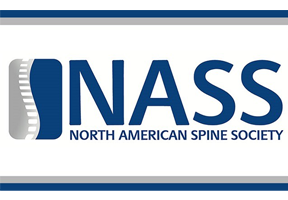There are several surgery procedures that resolve back pain, the two most common ones being laminectomy and discectomy.
While both of these procedures are designed to relieve your spinal cord or spinal nerves from certain pains and pressures, there are significant differences between both surgeries:
Difference #1: Discectomy Always Involves Disc Herniation
When a patient herniates a disc, it means that the disc’s casing (the annulus) has torn, and the internal nucleus of the disc has leaked beyond the annulus into the spinal canal where the spinal cord and surrounding nerve roots live.
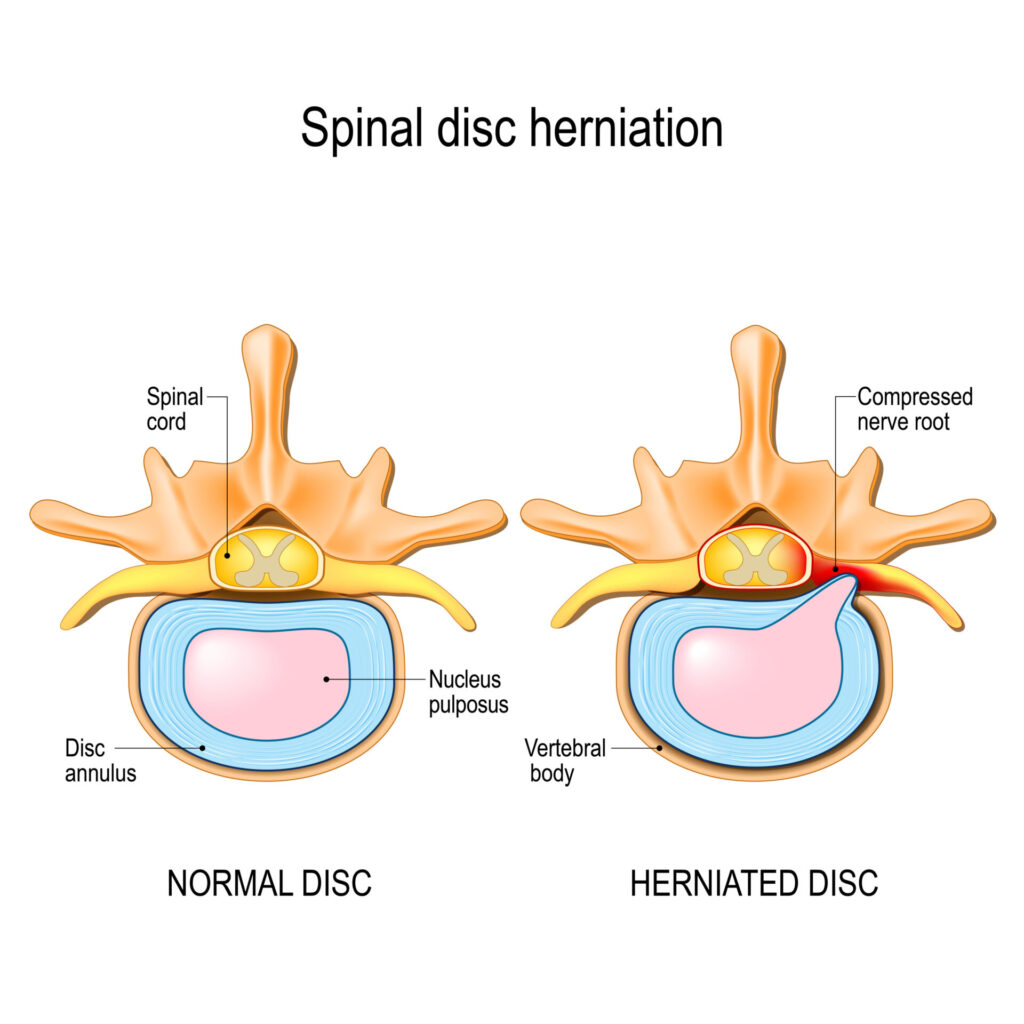
Even with a healthy vertebra and disc, there is little room between the vertebral body, spinal cord, and roots. So, when herniation occurs, the spinal cord and roots can become compressed and cause moderate to severe nerve pain or mobility issues.
During a discectomy, the spinal surgeon will create an incision at the surgery site, locate the herniation, and remove the part of the nucleus causing compression issues. In some instances, the surgeon will need to perform a laminectomy (see below) to better access the canal and remove the damaged parts of the disc.
But whether a laminectomy is needed or not, a discectomy is only performed for a disc herniation, nothing else.
Difference #2: Laminectomy Is Also Available for Bone Spur Removal
Sometimes, a patient herniates a disc and requires surgery to relieve the pain. Other times, a patient can have perfectly healthy discs but may develop bone spurs or other vertebral overgrowths that compress the spinal cord and roots. In either situation, a laminectomy may resolve the back issue and help restore the patient.
Most commonly performed for bone spur removal, a laminectomy involves the surgeon removing the lamina (the curved part of the vertebra) to create space in the spinal canal and relieve the pressure that has been placed on the spinal cord or roots.
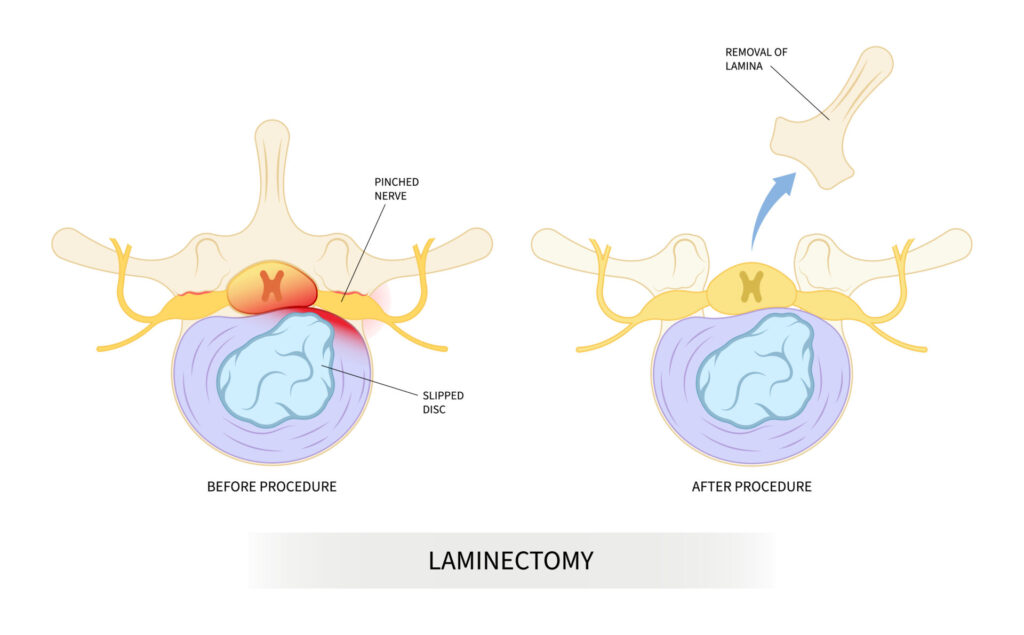
During the procedure for either disc definition or bone spur removal, your surgeon will make an incision at the site of the vertebra and will remove as little of the lamina as possible, along with the bone spurs or the damaged parts of the disc.
What Are the Similarities Between a Laminectomy and Discectomy?
As discussed, a laminectomy focuses on the bone and bone-like structures or growths of the vertebra, while a discectomy is performed when there is an issue with the spinal disc. Although the purposes of a laminectomy and discectomy are different, there can be some similarities between the two procedures:
Similarity #1: They Can Both be Minimally Invasive Surgeries
A microdiscectomy or minimally invasive laminectomy involves your surgeon creating a small incision, roughly an inch long, to perform the procedure. Because minimally invasive surgeries require smaller incisions, patients can experience:
- Faster recoveries
- Less pain
- Minimal scarring
Please note that although some patients can undergo a minimally invasive discectomy or laminectomy, others may require an open surgery that requires longer incisions to access the spine.
Similarity #2: Recovery from Either Minimally Invasive Procedure Is Roughly the Same
Minimally Invasive laminectomy and discectomy patients are likely to experience similar recovery processes from their surgeries:
Until the 2nd Week After Surgery – Restrict all activities following surgery.
Week 2-6 – Begin taking short walks and drives and perform light activities. Avoid any lifting or strenuous activity. Complete gentle exercises or stretches your doctor recommends. If your occupation allows, you may be able to return to work during this window.
Week 6-8 – Begin extending your walking and driving periods. Increase your activity levels, but listen to your body; stop if a movement or exercise is too strenuous. Continue following strength-building regimens assigned by your doctor.
Week 8 and After – You are usually ready to resume your usual activity by this point.
Patients who undergo open surgery may experience a more extensive recovery process.
Patients in Middle Georgia needing a laminectomy or discectomy can rely on the expert neurosurgeons at Georgia Neurosurgical Institute.
Our spine specialists are pioneers in surgical technology and bring years of intensive training to deliver successful surgical solutions for your spinal condition. Schedule an appointment with our team today and learn more about our laminectomy and discectomy procedures: 478-743-7092
Thanks for checking out our 3-part series on minimally invasive spinal solutions! If you missed our previous articles in the series, check them out here:
Related Articles



